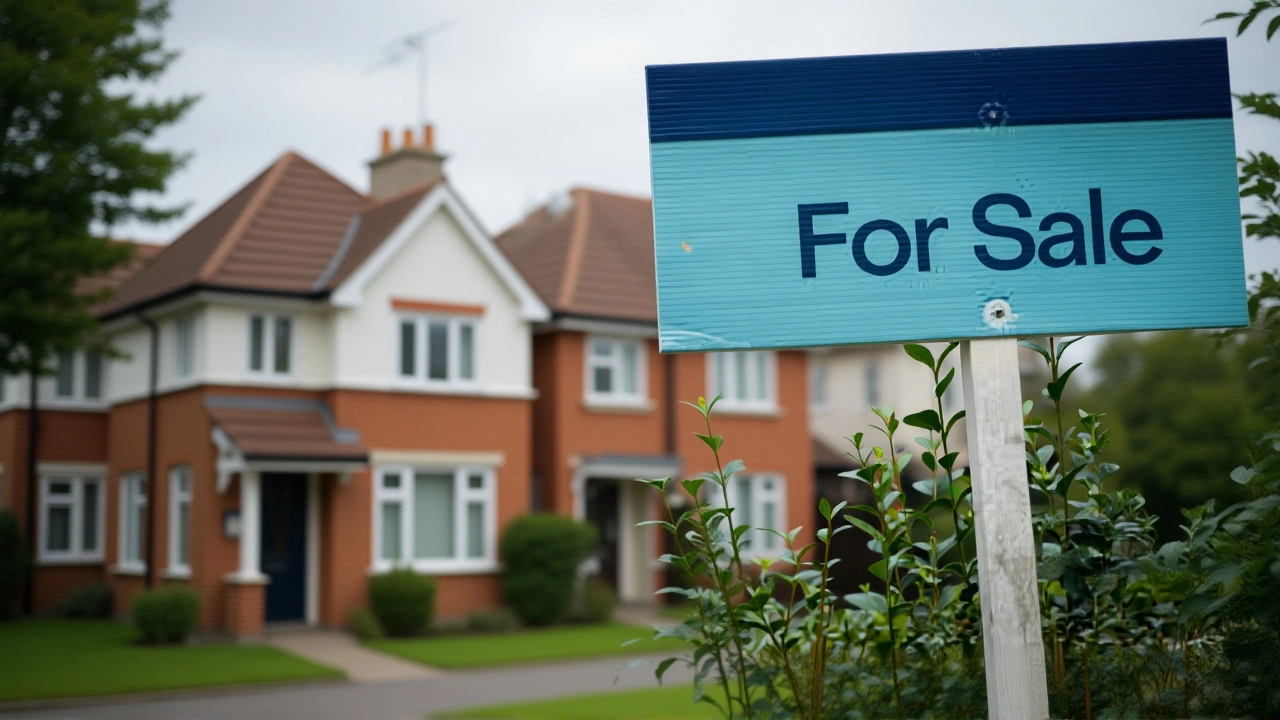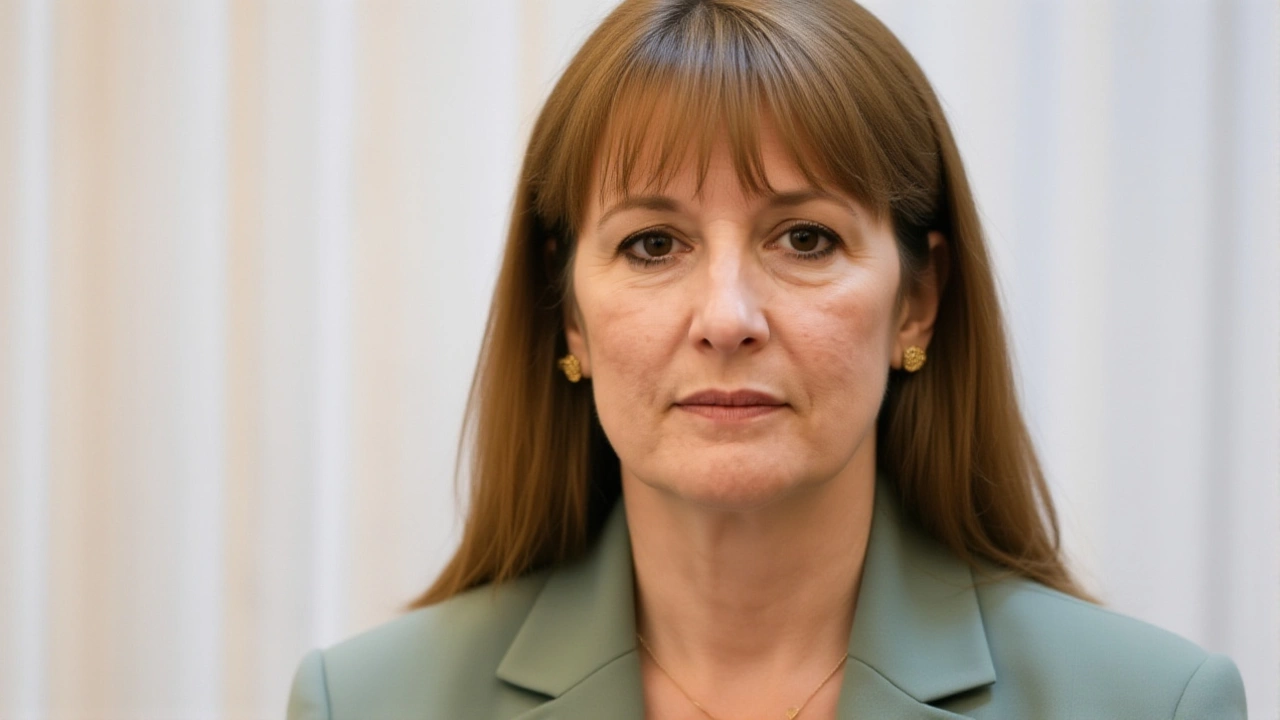During the November 26, 2024 Autumn Budget, Rachel Reeves, Chancellor of the Exchequer announced that the surcharge on second homes and buy‑to‑let properties will jump from 3% to 5% starting October 31, 2024. The move, coming from the UK Treasury, is billed as a way to free up more than 130,000 first‑time‑buyer or move‑up transactions over the next five years, while also plugging a projected £50 billion shortfall in public finances.
Why the change matters now
The higher‑rate stamp duty, formally known as the Additional Dwelling Rate, has been a temporary fixture since the 2022 housing‑market shock. By raising it to 5%, the Treasury hopes to curb speculative buying in a market where average house prices in England have climbed 12% year‑on‑year. Analysts at the National Institute of Economic and Social Research warned that without such a levy, stamp‑duty receipts could dip by up to £3 billion annually as demand wanes.
Details of the new levy
Effective 31 October 2024, any residential purchase classified as an additional dwelling will attract a 5% surcharge on top of the standard rates. For a £600,000 buy‑to‑let flat, the stamp‑duty bill jumps from roughly £22,000 to almost £30,000 – an extra £8,000 that investors will likely pass on to tenants.
- Standard rates remain unchanged for first homes up to £500,000.
- The temporary higher thresholds that were introduced for 2023‑24 will revert to pre‑pandemic levels in 2025.
- Properties valued over £500,000 will still benefit from the first‑time‑buyer relief if the buyer meets eligibility criteria.
In parallel, the Treasury is modelling a "proportional" property tax that would hit owner‑occupied homes above £500,000 at the point of sale. That proposal is still in the simulation stage and has not been committed to legislation.
Market and expert reactions
Industry voices are split. XTB research director Kathleen Brooks warned that any further tax hikes – including a possible VAT rise – could fan inflationary pressures that are already high. "If the government does increase VAT this could lead to a one‑off increase in inflation, at a time when price pressures are already elevated," she said.
On the other side, Morningstar analyst Field argued that Reeves has been cautious and that bold fiscal action is required now. "Reeves has so far shied away from bold action, but bold action is what is required," he noted, adding that inaction could jeopardise her political standing.
Conservative leader Kemi Badenoch seized the moment in an October 8, 2025 conference speech, pledging to abolish stamp duty entirely if her party returns to power. The promise underscores how property taxation has become a partisan flashpoint.

Broader fiscal picture
Beyond stamp duty, the Autumn Budget introduces several other tax tweaks: National Insurance employer contributions rise to 15% in April 2025, pensions will fall under the inheritance‑tax regime from 2027, and capital‑gains tax on share disposals will climb. Collectively, these measures aim to narrow the £50 billion deficit gap identified by the Treasury.
Long‑term, the government is also exploring a replacement for council tax with a local property tax system, and some advisers are even eyeing a phased removal of stamp duty altogether. Such reforms could reshape how local services are funded and how households perceive property ownership costs.
What to watch next
Stakeholders should keep an eye on three upcoming milestones:
- April 2025: Implementation of the 15% National Insurance employer rate.
- Mid‑2025: Publication of the final model for the proportional property tax above £500,000.
- 2027: Extension of inheritance‑tax rules to include pensions.
For buyers, the immediate takeaway is to factor the higher surcharge into any second‑home calculus before October 31. First‑time buyers still enjoy relief, but they should be aware that the temporary higher thresholds will disappear in 2025, potentially raising the effective tax bill on properties over £500,000.

Background: Stamp Duty’s evolution
Stamp duty in England and Northern Ireland has morphed several times since its inception in 2003. The additional‑dwelling surcharge was first introduced in 2016 to cool the surge in buy‑to‑let activity. Temporary reliefs were added during the COVID‑19 pandemic to stimulate the market, only to be phased out as the economy recovered. Scotland and Wales run parallel systems – Land and Buildings Transaction Tax and Land Transaction Tax – with their own thresholds, meaning the UK’s property‑tax landscape remains a patchwork of rules.
Historically, attempts to replace stamp duty with a broader property tax have stalled due to political resistance and concerns over housing affordability. Yet the current fiscal crunch has revived those discussions, positioning the Treasury’s modelling work as a possible turning point.
Frequently Asked Questions
How will the 5% surcharge affect second‑home investors?
Buy‑to‑let investors will see their stamp‑duty bills rise by roughly 2%‑3% of the purchase price. On a £400,000 property, the extra cost is about £8,000, which could be passed on as higher rents or reduce the profitability of new acquisitions.
What reliefs remain for first‑time buyers?
First‑time buyers continue to benefit from zero stamp duty on homes up to £300,000 and reduced rates on the £300,001‑£500,000 band. Those limits stay in place despite the higher‑rate hike, but the temporary thresholds that lowered rates for all buyers will revert in 2025.
Why is the Treasury modelling a proportional property tax?
The idea is to create a steadier revenue stream that doesn’t swing wildly with market cycles. A levy on homes over £500,000 would capture value from high‑end properties, addressing concerns that stamp duty revenue falls when prices drop.
How does this change compare to previous stamp‑duty reforms?
Unlike the pandemic‑era temporary cuts, this is a permanent increase for additional dwellings. It mirrors the 2016 introduction of the 3% surcharge, but at a higher rate, reflecting the Treasury’s need for more revenue amid a looming £50 billion deficit.
What are the political implications for Chancellor Reeves?
Reeves faces a tightrope: she must show fiscal toughness while avoiding alienating home‑buyers. If the higher surcharge dampens the market, critics may argue she’s stifling recovery, whereas supporters will point to the projected 130,000 extra transactions as evidence of a balanced approach.



